What is a Coriander Seed & How does it taste like?
What is a Coriander Seed?
The coriander herb is a noble plant, it is used worldwide, and it’s hard to substitute. There’s something quite special about the coriander leaves, stalks and seeds, and our food would simply not be the same without it.
When it comes to coriander, there’s some confusion. There’re the leaves, and then there’re the seeds. Some people call it cilantro and others coriander. How is it used? Is it good for you? And why do some people dislike it?
Here’s what is coriander seed, coriander leaves, and every other question about coriander answered. Read on, and you’ll be a coriander expert in no time.
What is Coriander?
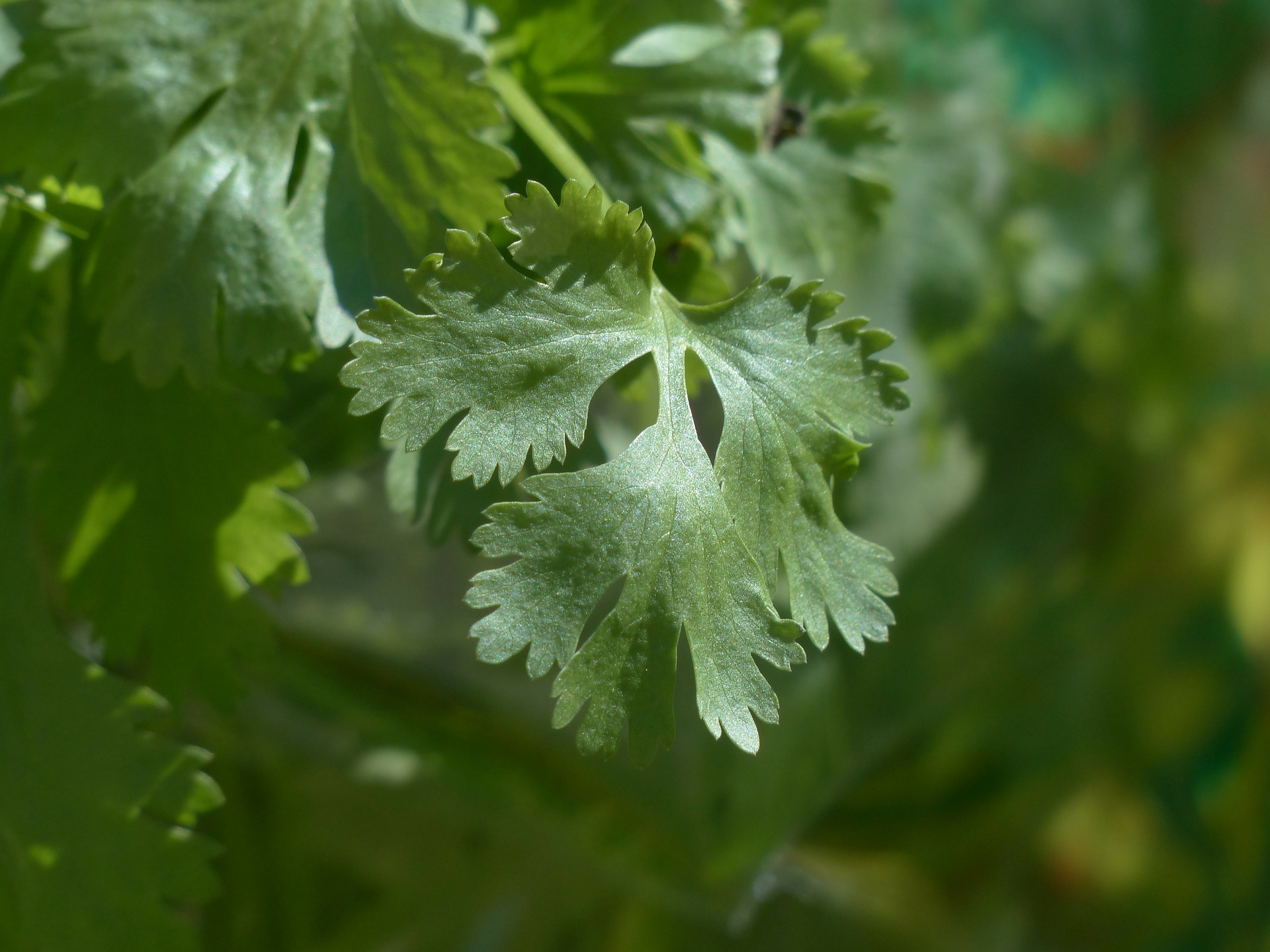
Coriander is an annual edible herb, and it goes by the name of cilantro too. All parts of the plant, the seeds, stems and leaves are edible and have distinct flavors and aromas. The enticing profile makes the plant quite prized in countries around America, Asia, Africa and Europe.
There’s no easy way of pinpointing the origin of the ubiquitous herb; it grows in the wild in North America, Southern Europe and Southern Asia. It doesn’t matter where it comes from, because today, both coriander seeds and coriander leaves are widely available worldwide.
How does coriander taste like? Because of the terpenes linalool and pinene, coriander leaves taste minty and citrusy, while the seeds taste warm, spicy, nutty.
How are coriander leaves used?
Coriander leaves are better enjoyed when fresh, and they add peculiar citrus, earthy and fresh aromas to food. Although hard to describe, the aromas in coriander leaves are instantly recognizable.
There are many uses for coriander leaves, but here are some of the most famous dishes containing the herb. In Asia, the Vietnamese pho and bahn mi, the Thai green papaya salad, the tom yum soup and curries. And Indonesian soups and broths.
In Africa, coriander leaves are better represented in the Moroccan tajines. In America, the Mexican guacamole and most taco salsas include coriander leaves. The Peruvian ceviche considers coriander leaves a critical ingredient, too.
The dried leaves are one of the key ingredients in the famous French bouquet garni, and this is just the peak of the iceberg. Coriander leaves are one of the most used cooking herbs on earth.
How are coriander seeds used?
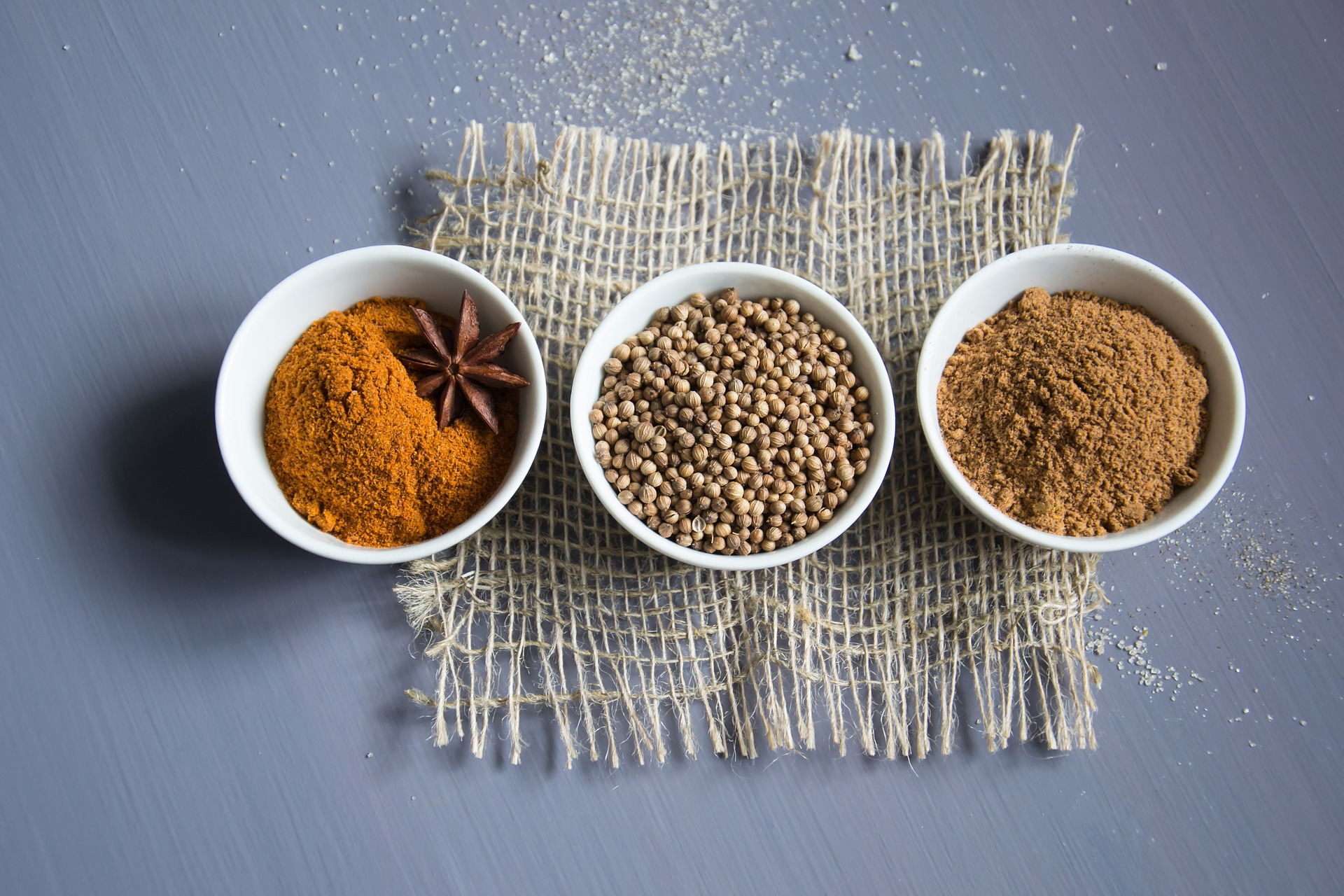
Coriander seeds are as widely used as the plant’s leaves, but they have a distinct profile, they’re spicy, nutty and earthy.
Often used in powdered form, coriander seeds are a critical ingredient in the Indian spice repertoire and are one of the major ingredients in the garam masala and Indian curries. The traditional lentil dish sambhar and the chutney-like rasam sauce depend on the seed’s flavor as well.
The Chinese add the spice to their food too, mainly to intensely flavored concoctions Sichuan-style, and in beef of lamb slow-cooked stews.
In the west, coriander seeds are widely used in pickles, and they’re also used to flavor wheat beers in Germany and Belgium. Coriander seeds have made their way into bread and baking treats as well.
What’s the difference between coriander and cilantro?
There’s a big debate regarding the difference between two terms, coriander and cilantro, despite being both the same plant.
Cilantro is a term used mostly in Spanish-speaking countries for the coriander leaves. The seeds in these countries are simply called cilantro seeds. Internationally, coriander is an accepted term for coriander leaves, and the seeds are called coriander seeds.
Although confusing, we’re talking about the same product. Whenever you see a recipe calling for either coriander of cilantro, make sure you double-check if it calls for the seeds or the leaves and stalks.
Why do some people dislike coriander?
We all like different things, and some people dislike the flavor in coriander in the same way other people dislike mustard. There are, though, people that can’t stand it, and it’s not because of their taste preferences but for their genetics.
According to the Britannica Encyclopedia, a genetic variation in a group of genes in charge of how we perceive aromas allows certain people to perceive compounds in the plant, mainly aldehydes, as soap or cleaning products, and no one wants to eat that.
Coriander Health Benefits
Both coriander leaves and seeds are related to various health benefits, including:
- Anti-inflammatory properties. Thanks to the high levels of antioxidants in the herb.
- Heart disease risk reduction. Studies have proven that consuming coriander in its various forms can reduce blood clot formation and promote strong, healthy arteries.
- Lower blood sugar levels. Interestingly, consuming coriander seeds and cilantro leaves can promote the activity of enzymes that break down sugar.
- Antimicrobial properties. Recent studies show coriander seeds could help fight infections, mainly on the urinary tract, thanks to the herb’s antibacterial compounds.
Coriander Nutritional Value
Coriander leaves have a high amount of vitamins A, C and K. 10 grams of the leaves and stems will add 13.5% of vitamin A, relative to your recommended daily intake, 4.5% of vitamin C and a staggering 38.8% for vitamin K.
Coriander seeds have much fewer vitamins, but they add 16.8% of the dietary fiber you need for the day and a hefty dose of minerals, including iron, manganese, magnesium, calcium, copper and phosphorus amongst others.
Let’s give coriander some love!
Whether you call it coriander or cilantro, no matter if you cook with the leaves or the seeds, the coriander plant is awesome and can give an extra dimension to your food.
Get yourself a few fistfuls of coriander seeds and get cooking, because there are fewer ways of making your food so tasty with such ease, unless it tastes like soap to you.
You can shop from our curated list of coriander spice here
Highly Rated – Social Media Chatter on Ghost Pepper
日曜のカブルチャーさん🎶
コンスタントに月イチペースだな🤭
・カブルチャーキーマ
・胡麻チキン
・牡蠣カレー
スパイスチキン、パクチーTP
毎回3種、スパチキ、あればパクチー。この流れやな。
キーマは毎回マイナーチェンジしとる気がする。旨味ましーで美味い。
胡麻チキン。胡麻の香りと甘味が出てるやつ。チキンもほろほろ〜〜☺️
牡蠣!磯の香りを感じながら食べる。牡蠣の味は濃い。
スパイスチキンは必食。
あー今月も美味しかった!!
ごちそうさまでした🌈
#カブルチャー #スパイスカレー #カレー #あいがけカレー #キーマカレー #胡麻チキン #牡蠣カレー #スパイスチキン #パクチー #spicecurry #curry #curryrice #keemacurry #oystercurry #spicechicken #coriander #草津カレー #滋賀カレー #草津グルメ #滋賀グルメ #草津ランチ #滋賀ランチ
☆彡
天津飯はシンプルながら完成された料理で改変不要
今までアレンジされた天津飯で当たった試しが無い
有り触れたノーマルな中華が一番美味しいと思ってるが
南修軒のトムヤム天津飯はどうしても((・ω・))キニナルー
昼間は混雑する人気店なので時間をズラしてランチ😋
根っからの町中華好きなのでメニューに目を奪われる
食べたい料理だらけでトムヤム天津飯が揺らぎかけ💦
追加で色々注文しまくってトムヤム天津飯を無事注文
提供スピードが早く3品一気に提供される(≧∇≦*)ウォー
○トムヤム天津飯(980円)
○唐揚げ付きセット(+350円)
○餃子(240円×2人前)
言わずと知れたトムヤムクンは酸っぱ辛いタイ料理🇹🇭
これをスープ仕立てでなくグリーンカレーに近付けて
アレンジしており 酸っぱ辛さとスパイスの刺激が絡む
こう聞くとご飯に合いそうだが マイルドな卵だと
絡み合う刺激が半減してしまうような纏め方になる
だが 海老チリの唐辛子が一緒になって完成の天津飯
辛さが加わると全体が纏まっており白ご飯に合う😋
個人的には もっともっと辛く仕上げて食べてみたい
これを組み立てて考えられる料理の腕前が凄いわ👏
次は定番の中華料理で攻めてみよーっと(^ω^*)
-----------------------------
大阪府大東市御領1-11-11
南修軒
072-875-8111
11:00~14:00
17:00~22:00
月曜・火曜定休
nansyuken
-----------------------------
#天津飯 #トムヤムクン #トムヤンクン #タイ料理 #タイ料理好き #タイ料理大好き #タイ料理好きな人と繋がりたい #スパイス料理 #グリーンカレー #スパイスカレー #カレー好き #パクチー #パクチー好き #パクチー大好き #町中華 #町中華愛好家 #町中華好きと繋がりたい #町中華で飲ろうぜ #tenshinhan #tomyamkung #coriander #ต้มยำกุ้ง #고수 #大東市 #住道 #大阪中華 #大阪餃子 #大阪ランチ #大阪グルメ #南修軒
中華川食堂☺️✨✨✨
麺友さん、そしてミシュランシェフとの飲み会へ!
麻婆料理がウリの店で、その他スパイスを使った多国籍料理も食べられる🥰🥰🥰
クミン香る唐揚げも蒸し豚も酸辣茄子も、全部美味すぎる!
麻婆豆腐は辛さが選べる☺️
ノーマルの辛さでもけっこう来る🔥🔥🔥
ノーマルの方がシビれは強い感じかな?
ベトナム風焼きそばは、乾麺の食感とナンプラーの旨味が最高❣️
揚げ豆腐ベトナム風は、海老を発酵させたタレがクセになる🥰🥰🥰
後口に海老の旨味がガッチリ!
これまであまり食べたことない味わいの料理ばかりで、他のメニューも気になった😌
ご馳走さまでした!
シェフとの初飲み会、楽しかったです☺️✨✨✨
今回もご縁に感謝❣️
#中華川食堂
#中華料理
#麻婆豆腐
#唐揚げ
#焼きそば
#チャーハン
#ベトナム料理
#パクチー
#京都グルメ
#京都ランチ
#京都ディナー
#京都中華
#スパイス
#kyototrip
#kyotofood
#chinesefood
#vietnamesefood
#coriander
Sources:
- https://www.bbcgoodfood.com/glossary/coriander-seed-glossary
- https://www.thespruceeats.com/cilantro-vs-coriander-695294
- https://www.healthline.com/nutrition/coriander-benefits
- https://en.wikipedia.org/wiki/Coriander
- https://www.tastingtable.com/cook/national/coriander-whole-ground-substitute-uses
- https://www.healthline.com/nutrition/cilantro-vs-coriander
- https://www.britannica.com/story/why-does-cilantro-taste-like-soap-to-some-people

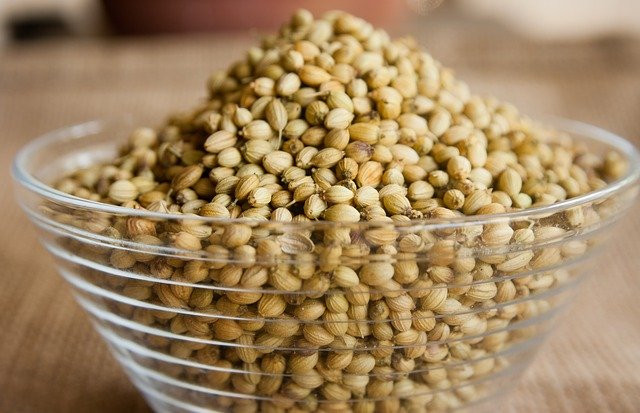

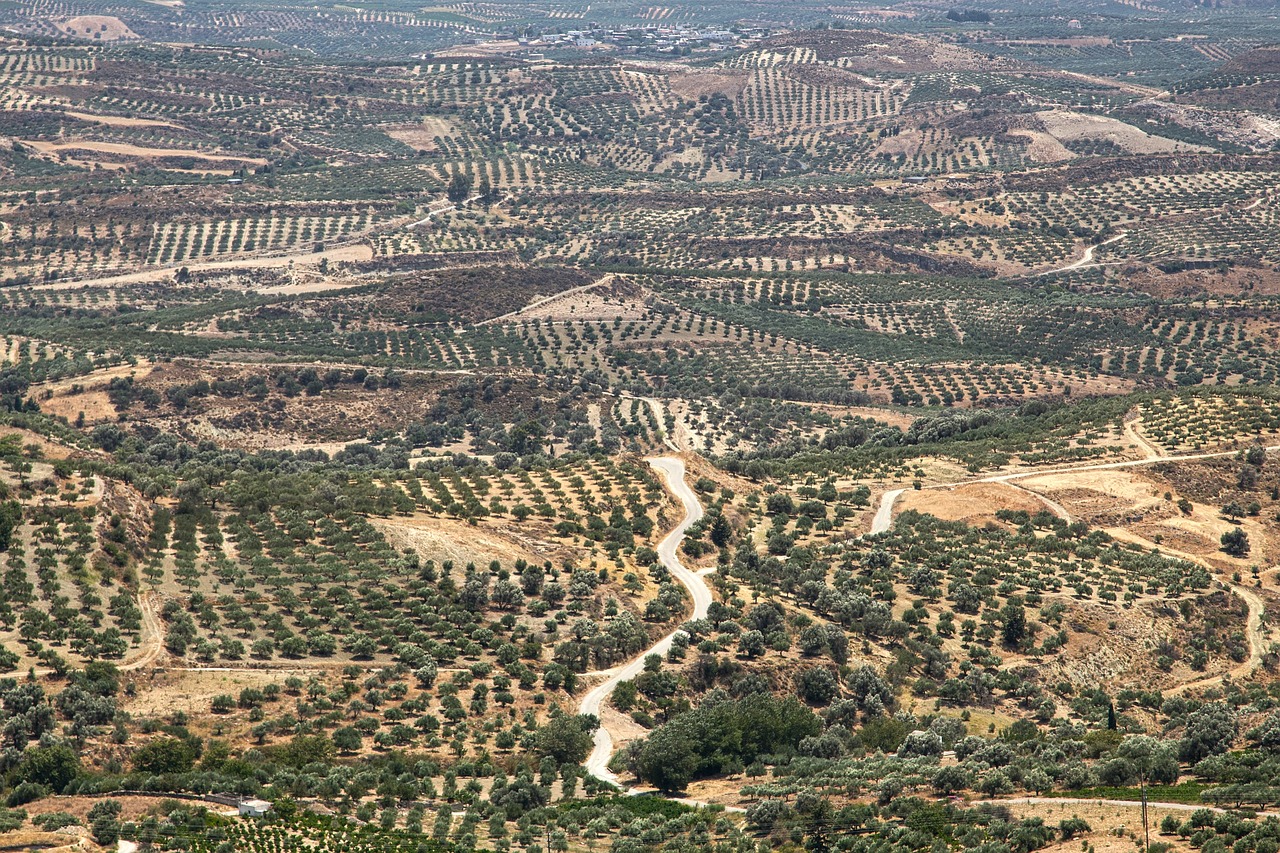
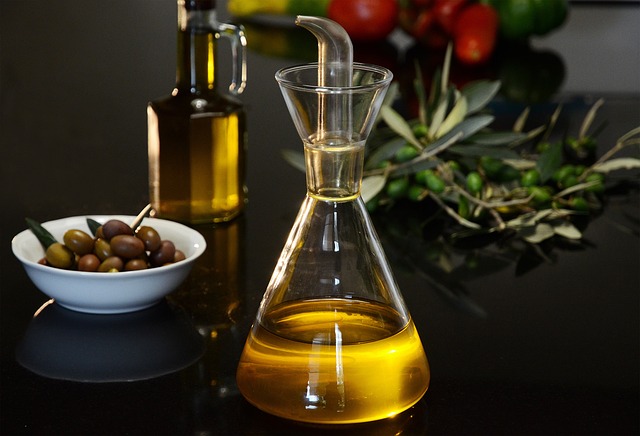
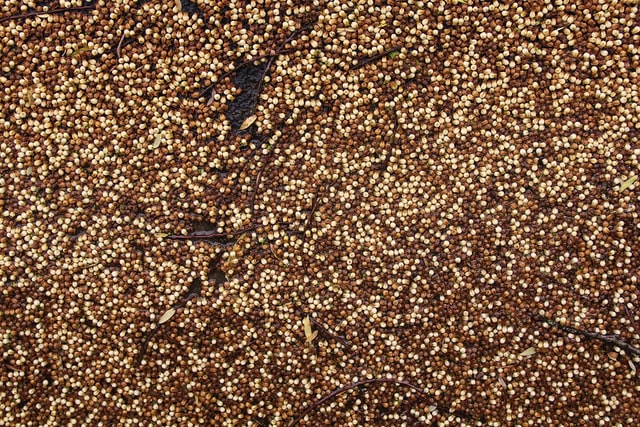
Hi,
Thanks so very much for an intriguing article! 😊
I am a big fan of plants! This is really an interesting edible plant!
I wonder if it’s not used for brewing beverages of any sort, anywhere in the world?
Thanks for the explanation about some people being intolerant of the leaves of the coriander. One person’s food, is another person’s poison indeed! There are people who just cannot tolerate foods that have a pungent or strong taste. These people face being labelled as snobbish, etc, when indeed their chemistry doesn’t match that of the plant that they have an aversion to!
Congratulations and best wishes!
Thank you much, Teboho
Well for a start, I found this to be quite great to know of. Interestingly, the fact that corlander seed is such a great blend for a lot of usage and I do not have the slightest knowledge of it until I read this post is quite amazing. Wow! Really interesting here and I must say I value this a lot. Surely must be my go-to henceforth
Thankyou much, Nath